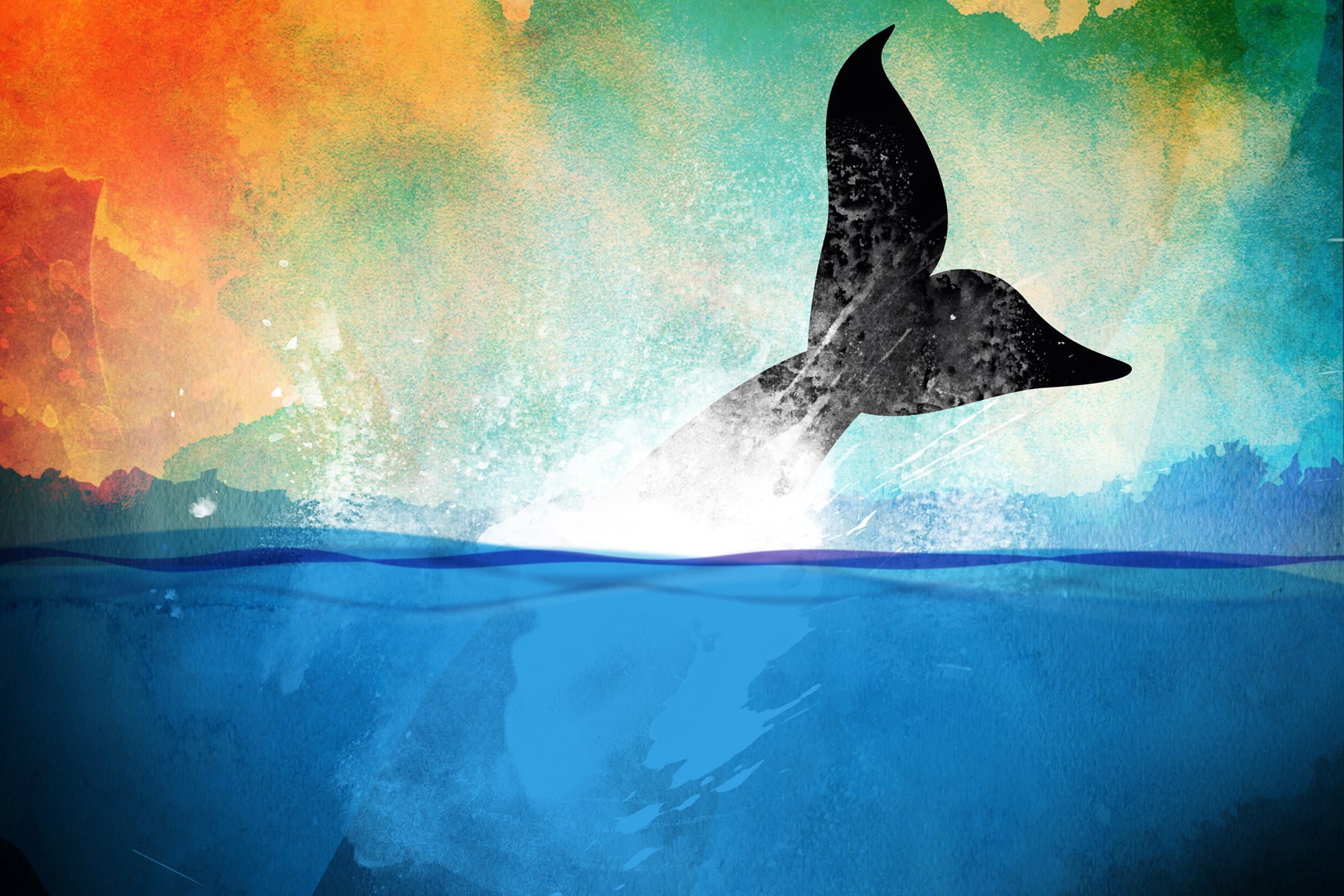Natalie Parra was diving off the coast of Oahu, Hawaii, a few years ago when the then 23-year-old spotted a gleaming octopus tentacle, dangling as bait off a fisherman’s hook. Not far away was a small sea turtle. “I knew in my head, that turtle’s going to grab that octopus leg the moment it sees it,” she says. Sure enough, within minutes, the turtle was stuck on the hook. The fisherman, far away on the shore and unaware of the drama, began to reel in his catch.
Natalie watched, horrified, as the sea turtle flipped to and fro while it was dragged underwater. At that moment, a fellow diver burst into the fray. The diver grabbed the turtle, cut the line, and took the hook out of his flipper. Off the turtle sped.
As a diver, Natalie had seen this kind of thing before: turtles and sharks tangled in fishing line, covered in nets and ropes, struggling for their lives. “I grew up just adoring animals and adoring the ocean, but once I started to dive…it becomes so much more real,” she says. “I couldn’t not do anything. It wasn’t an option.”

That’s why Natalie and her friend Siena Schaar began work on a project they called Keiko Conservation. Initially, the pair were hoping to do a few beach cleanups and support other conservation groups, but they didn’t have a formal mission.
Then in October 2014, just days after founding Keiko, Natalie went on a diving trip to Tonga, in the South Pacific. There, she was bitten by a mosquito that may have been carrying a virus. At first, she showed no symptoms. She flew to Los Angeles to visit family and planned to return home to Oahu. But when she was getting ice cream with her mom, “I just had this, like, weird arm pain,” recalls Natalie, who was 21 at the time. “And I kept thinking, wow, if I were any older, I would think I was having a heart attack or a stroke.” When Natalie was admitted to the hospital, she was in “unbearable” pain. “I remember telling the doctor in the ER that it felt like someone had taken a rope and tied it really tightly around my arm.”
The virus had triggered something called transverse myelitis, a rare and serious autoimmune reaction that left Natalie paralyzed from the neck down. Respiratory failure ensued. Natalie spent nearly a month in the hospital. After her release, she stayed with her parents in California, still bedridden. “I was bummed because we had just started [Keiko], and there were so many things that I wanted to do and I was really passionate about,” she says.

Instead, Natalie spent a lot of time online. She came across a fisherman in Florida who was posting about hunting and killing sharks. “I remember being so upset about it, but not really knowing what to do,” Natalie says. “And what could I do? I was still crippled at home.”
Natalie started Googling fisheries law and contacting the Florida Wildlife Commission. But, she says, officials gave her the runaround, saying they were unaware of the issue. Frustrated, she took to social media, telling people to call the Commission and complain. (The Commission said the fisherman in question was the subject of an investigation, which was closed due to insufficient evidence.)
By this time, Natalie realized the difference someone can make with nothing more than a telephone and a Wi-Fi connection, especially if they can get their friends and contacts on board.
Now, Keiko Conservation’s mission is to leverage social media en masse to spread awareness and petition governments and businesses to do more for ocean life. Keiko will alert their social media followers about a damaging practice, like serving shark at a restaurant, and Keiko’s followers will fill that company’s feeds with protest hashtags.
In the past year, Keiko’s volunteers have tripled in number, to more than a dozen, and its projects have become more ambitious and international. They’ve opened chapters in Ecuador, Japan, and Russia and have plans to extend into Norway and Italy. In late 2017, they began the process of registering as a nonprofit. They also sell slogan T-shirts, towels, and jewelry in their online shop, the proceeds of which fund educational pamphlets and other efforts to raise awareness. And Natalie’s personal store, Thessalonike, supports Keiko Conservation’s efforts.
Natalie herself is mostly back on her feet, several years after her illness. “I definitely have some issues. My left arm still doesn’t work fully all the way.”
But getting back into diving, she says, helped her to cope. Her illness also left her with an important insight about the marine life Keiko works to protect. “I know that core feeling of wanting nothing but to be living. And animals really don’t ask a lot from us at the end of the day—that’s kind of all they want too,” she says. “They just want to be here.”
Words by Anne-Marie Vettorel
Feature image by Alvaro Tapia Hidalgo
Reference photo of Natalie Parra by Chiara Salomoni
